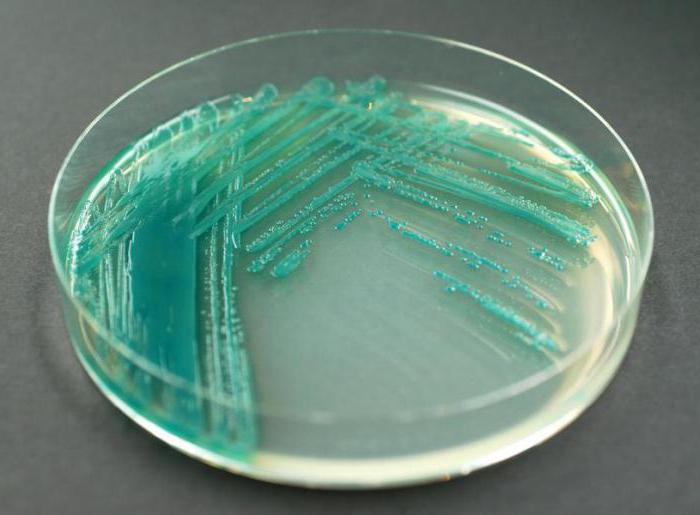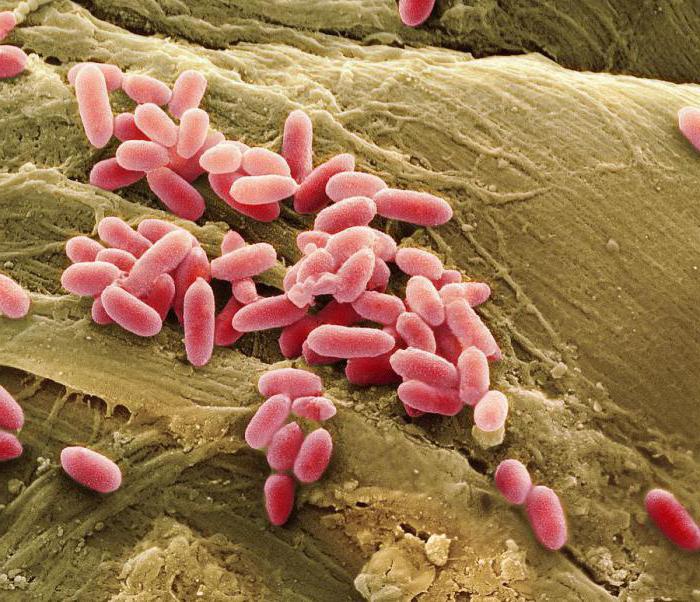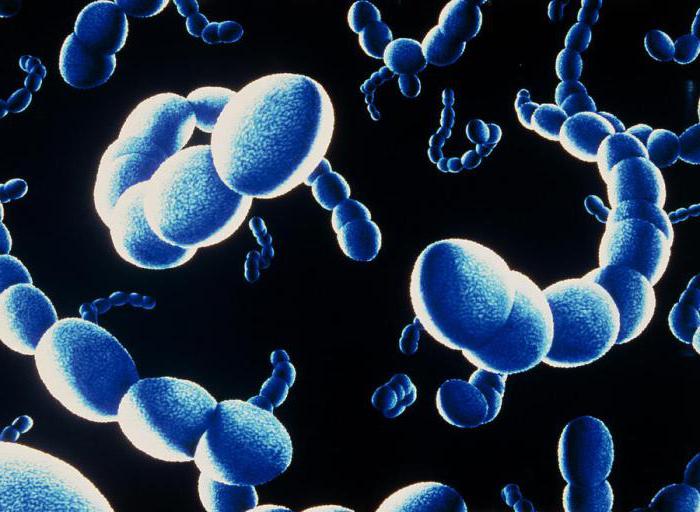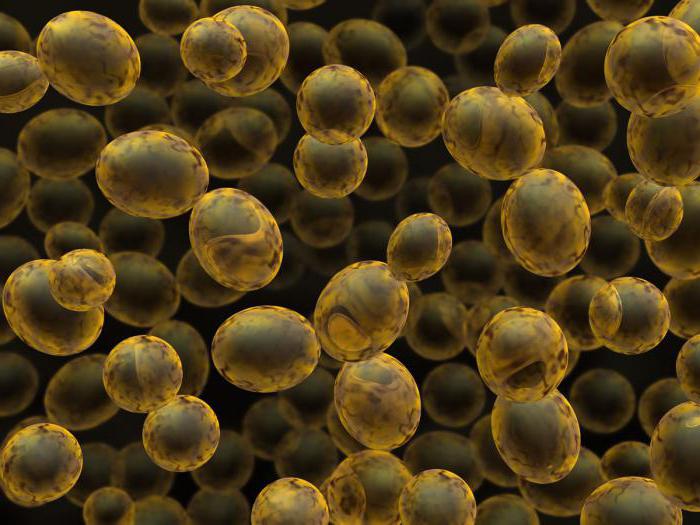Representatives of the kingdom of Drobyanka, as well as some algae and parasitic worms and fungi, are characterized by a special form of oxidation of organic substances that occurs in the absence of molecular oxygen or at its low concentration. Organisms living in an oxygen-free environment are anaerobes. Optional and obligate species, as well as examples of their vital activity and classification, will be considered by us in this article.
Why breathe
Let us clarify that we will talk about the so-called internal, or cellular, respiration. Its main task is to obtain energy from substances, primarily glucose, entering the cell. If oxygen takes part in the oxidation processes, the organisms are called aerobes. If an individual receives a portion of energy by substrate phosphorylation without an influx of O 2 molecules, these are anaerobic organisms.

The term, introduced by Louis Pasteur in 1861, initially applied only to certain types of prokaryotes that carry out oleic fermentation. In modern microbiology, under this name all organisms are combined that use nitrates, hydrogen or organic compounds as the final acceptor, not oxygen. The respiratory chains of aerobes, facultative and obligate anaerobes, which we will consider later, carry out the processes of energy metabolism, due to which the oxidation of glucose, amino acids and fats to CO 2 occurs H 2 O and NH 3. We also note that anaerobic metabolism is less effective than oxygen. This is because growth in the absence of oxygen requires more substrate, such as glucose. Energy as a result of oxygen-free splitting is also released less. For example, during glycolysis, 2 mol of ATP from each glucose molecule, while oxygen splitting synthesizes 36 molecules of adenosine triphosphoric acid.
Variety of Anaerobes
The modern classification includes various types of organisms, especially bacteria. For example, facultative anaerobes are unicellular or multicellular species of prokaryotes, plants, or fungi whose catabolism does not require O 2 . But its presence in the cytosol of the cell or in the external environment is not fatal for the individual. For example, these include bacteria that cause human diseases: anginal streptococcus, hemolytic staphylococcus. Optional anaerobes are some types of bacteria, whose vital activity is beneficial to humans. So, thermophilic streptococcus, which breaks down lactose to C 3 H 6 O 3, is used in the production of dairy products: sour cream, fermented baked milk, soft cheese. In medicine, it is indispensable in the production of probiotics used to prevent enterocolitis and diarrhea of various etiologies. Continuing to consider the classification of anaerobes, we pay attention to macroaerophiles living in an environment where the concentration of O 2 does not exceed 0.5-1%.

Among them, many pathogenic for humans species, for example, streptococci, causing pharyngitis and Lyme disease. Other types of optional aerobes live in the human gastrointestinal tract, provoking various types of gastritis, as well as stomach ulcers. The causative agent of the above diseases is the well-known Helicobacter. A large number of macroaerophiles belonging to facultative anaerobes require a high content of carbon dioxide for their metabolism. Such prokaryotes are called capnophiles.
Respiratory chain of facultative anaerobes
We continue to study the metabolic features of this group of bacteria. In laboratory conditions, it was found that they can be determined in a solution of organic substances containing a different mass fraction of oxygen. These anaerobes will accumulate closer to the bottom of the tube, where the concentration of O 2 is low. This is due to the fact that facultative anaerobes are bacteria for which small doses of oxygen do not have a serious harmful effect. We mentioned earlier that in bacteria of certain groups, for example, denitrifying ones, nitrates - nitrogen compounds that underwent oxidation serve as the final acceptor.

In the respiratory chain of facultative anaerobes, the enzyme nitrate reductase is involved in catalytic reactions, which ensures electron transport to the NO 3 - ion. Such bacteria include prokaryotes from the genera Micrococcus, Pseudomonas. They live both in water bodies and in moist soil. These bacteria use oxygen salts of nitrate acid as an electron acceptor, carrying out the so-called "nitrate respiration."
The role of enzymes in bacterial catabolism
In the metabolism of microorganisms, an important function is carried out by the catalytic system represented by cytochromes, catalase, flavin enzymes, peroxidase. So, flavoproteins play the role of an element connecting the substrate and oxygen molecules, which are then reduced to hydrogen peroxide. Considering the fact that facultative anaerobes are microorganisms whose metabolism occurs both in the presence of O 2 and in an oxygen-free medium, two types of these prokaryotes can be distinguished. Let's consider them in more detail.
Types of facultative bacteria
Aerobes, anaerobes, facultative anaerobes, microaerophiles are a fairly complete list of prokaryotes, the respiratory chains of which are partially or completely dependent on the presence of oxygen molecules in the nutrient solution. For example, allergic bacteria that oxidize milk sugar develop in the presence of O 2 but do not use it in the respiratory chain. They synthesize energy through fermentation reactions. Other facultative anaerobes, for example, yeast cells, depending on the chemical composition of the substrate, can switch from fermentation to oxygen respiration.
Cytochromes and their importance in metabolism
Complex proteins - proteids that include heme (an iron-containing prosthetic group) - are cytochromes. Participating in the cellular respiration of bacteria and yeast, they are both donors and electron acceptors. The iron atom of the prosthetic group reversibly changes its oxidation state from +2 to +3. This allows cytochromes to transport electrons from dehydrogenases to acetaldehyde or pyruvic acid. Optional aerobes, anaerobes, and microaerophiles can have electron acceptors represented by carbon dioxide molecules, hydrogen ions, amino acids.
The value of prokaryotes anaerobes in the cycle of substances in nature
It is impossible to imagine cycles of major organogenic elements, for example, nitrogen, occurring in the Earth’s biosphere without the participation of microorganisms. Since facultative anaerobes are primarily denitrifying bacteria, they are able to restore salts of nitric acid soluble in the soil to N 2 O or to free nitrogen. Denitrification is most active in soils containing excess water and nitrogen fertilizers. As a result of chemical reactions, free nitrogen molecules again return to the atmosphere, closing the cycle of its transformations in nature.
Probiotics and their importance to humans
Of the more than 500 species of bacteria that inhabit the human gastrointestinal tract, facultative anaerobes occupy an important place. These are primarily representatives of the genera Lactobacillus, Streptococcus, Candida. Most of them are located in the large intestine. In it, bacteria regulate peristalsis (movement of food masses) and synthesize B and K vitamins. They also participate in the production of protective proteins - immunoglobulins, and they, in turn, provide bactericidal activity of intestinal contents. Medical studies have established that the bacterial content in the human large intestine decreases sharply after previous infectious diseases, due to inflammatory processes, as well as after antibiotic therapy.

Probiotics are used to restore the microflora of the gastrointestinal tract. They include useful facultative anaerobes - bifidobacteria and lactobacilli. Getting into the large intestine of a person, they ensure its normal functioning and reduce the above negative consequences. The most commonly used probiotics that have proven themselves in gastroenterology are Hilak Forte, Linex, Lactovit.